Hop is a representative of the cannabis family. There are three types of this plant: ordinary, Japanese and heart-shaped. Application areas include perfumery-cosmetic, pharmacological, bakery, cans and the medical industry. The greatest spread was ordinary hop. This wakeful plant is distinguished by the unpretentiousness and external attractiveness, which made the culture of popular in horticulture. Consider the peculiarities of cultivation and care in more detail.
Features of culture
Hop is a perennial lio-like plant with a twisted stem. As a rule, it is planted in decorative purposes. The root system is a perennial, but the stem dies off every fall. Rhizome is formed from underground shoots. It grows about 10 branched roots, they are subsequently divided into small roots. The root system is developing from these roots and rhizomes, which is plugged into a 4 cm soil, then spreads to 3 m.
The main part of the root is located in the upper ground layer. A kidney is formed on the rhizer. A significant increase is observed for the fourth year. At this time, the number of kidneys from which shoots are formed, achieves maximum numbers. The stalks in length grow up to 10 m, their thickness is 13 mm. It can have red or green. Leaves of this plant in shape resemble a heart. They contain essential oil and resin, the volume of which varies from 400 to 600 units. In the process of cultivation, only the hops of the female genus leave, because Male plants do not give flowers.
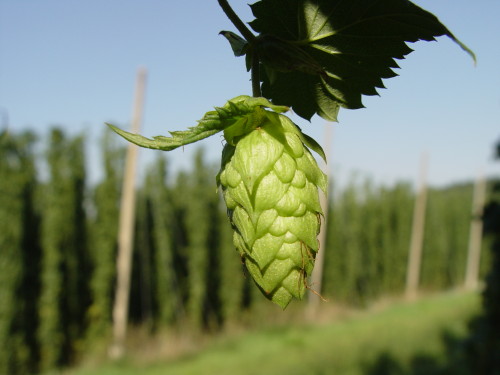
Choosing a place
You can highlight such features of the place of place for planting plants:
- Hop is a lightweight culture that should receive sunlight at least 6-7 hours per day.
- This plant does not differ as good as the cultivation environment, but it does not feel very comfortable on acidic soils. For this reason, if the culture is planned to plant into soil with high levels of acidity, it must be known.
- The root system will rapidly grow up, so it is recommended to choose a separate place for landing, where hops will not be able to harm other plants.
- An unfavorable factor for this plant is the wind. It is advisable to choose a territory that will be protected from this impact. When growing in large areas, they are protected using fast-growing trees.
- Do not land hop near the house, he will prevent the penetration into the premises of natural lighting.
Hop. Photo:
How to grow hops
There are three methods of cultivation, with which it is possible to obtain this plant on the plot:
- seeds;
- cuttings;
- porn.
The easiest option is to use a row, because It appears in sufficient quantity in the spring. If you get it or cuttings is problematic, then you can get hops from the seed material. In April, you need to start planted seedlings:
- Soil for this purpose should be sufficiently fertile. You can purchase the finished soil in the specialized points of sale or mix the ground with a humus or leaf substrate in equal proportions.
- In the prepared containers, the soil is poured, after which the seeds are placed on a depth of 0.5 cm.
- Capacities are recommended to cover with glass or film to create the effect of the greenhouse.
- The most favorable temperature conditions for germination of seeds are indicators within 20 ° C - 22 ° C.
- Sowing must be timefully water. After the week, sprouts will begin to appear. From this point on, the shelter should be shot 2-3 hours a day.
- And when the first leaves appear, the film must be removed completely. Seedling should be in a fairly lighted place, but it is necessary to avoid direct rays of the sun.
- After reaching the height seedlings in 5 cm, they are subject to dive. That is, they need to be transplanted into separate containers.
- It is necessary to carry out this process together with the Earth. To do this, you can use peat pots, which together with the plant are subsequently planted into the ground. Such tanks have a significant advantage - during transplantation, the root system of seedlings is not damaged.
- Preparation of seedlings is not a mandatory requirement in the cultivation of this culture, seeds can be placed immediately into open soil. Previously in autumn it needs to be switched to a depth of 60-70 cm.
Soil fertilizer
Since the cultivation of hops should be carried out in a fertile environment, the soil enriched with fertilizers. You can use manure or mineral components. Fresh dung mass is made to a depth of 10-15 cm. It is preferable to use overwhelmed dung, as in the fresh fertilizer can contain seeds of weed plants. This component is enriched with the top layer of soil 5-7 cm. The manure is made only in the fall, so that during the winter it is able to decompose.
Mineral handsome components are entered both in the fall and spring. These are ready-made nutrient elements that are absorbed by the root system of the plant. Potassium has a positive effect on protein and carbohydrate exchange, its deficiency leads to a deterioration of the harvest. Phosphorus and nitrogen accelerate the growth of culture.
Among the nitric fertilizers of the highest nitrogen concentration is the urea. It is a granular gray or white powder, is well soluble in the liquid. With its decomposition, carbon dioxide ammonium is distinguished. So that the soil in sufficient quantity absorbed this component is made to landing. A square meter applies to 20 g of this substance.
The next place on the concentration of nitrogen is occupied by ammonia nitra. On sale, it also comes in a granular state. Performed at the rate of 15 g per 1 m 2. Nitrogen content in ammonium sulfate is 1/5 part. This is a crystalline white powder. Application dose - 30-40 g. The smallest concentration of the nitrogen component is contained in the calcium nitrate. Thanks to alkaline composition, this fertilizer is well suited for growing hops, since acidic soils are not a favorable medium for this plant. 1 M. 2 the soil requires 40-50 g of calcium nitrate.
Phosphoric fertilizers include phosphoritic flour. It is used as an independent component, as it is poorly dissolved. Dose Application - 50 g. Superphosphate is a gray granulated powder. For one application, it is necessary for 30 g. Potash fertilizer group includes potassium sulfate, potassium salt, potassium chloride and potassium chloride. 1 M. 2 contributed from 20 to 30 g.
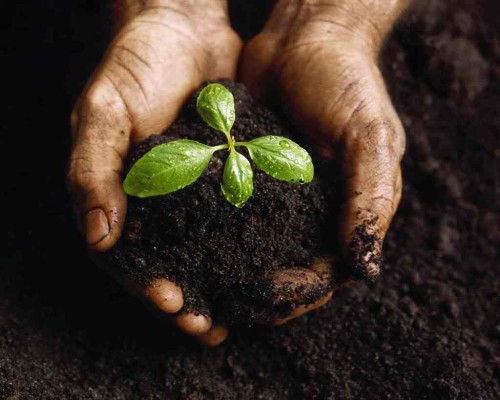
Landing seeds
Seeds plant in early spring. To do this, prepare testers or pits. Seed material before landing should undergo a stratification procedure, which provides for the preparation of seeds to germinate by creating certain temperature conditions. For 3-5 days they need to be held in heat, and then reduce the temperature of the stay to + 8 ° C. Further, the seeds are placed in the prepared pits and the land is sprinkled.
In the fall, after harvesting the fruits into the ground is made by a compost mass. Perhaps shoots should be cut. The autumn period is the most appropriate time to disperse or transplanting culture. Hop digs and select healthy rhizomes, which in thickness correspond to the size of the finger.
If it is not planned to grow hops for a long period you need to apply the seeds of annuals. It is quite difficult to get rid of this plant with the help of herbicidal agents. This should be remembered by choosing a landing site. Running, hops will capture new territories.
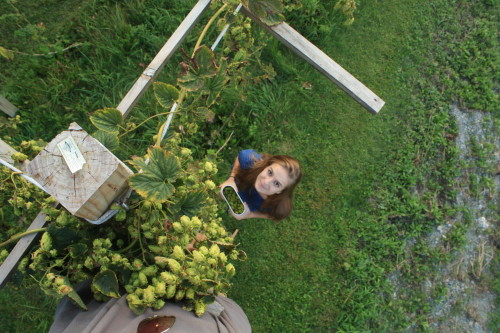
Care requirements
- When the plant reaches a height of 50 cm it must be supported. For this, high rhe, covered in the ground. During the summer period, the stems will grow up to 3-4 m. If there is a need to stop their growth, it is necessary to cut the tops before the flowering starts.
- Care includes periodic soil loosal and fertilizer. You can accelerate the ripening process of cones using a 40% ammonium nitrate solution that should be sprayed with a culture. Mineral fertilizers are used for the first dressing.
- To increase the harvest after 2 cm from the main stem remove the lower branches.
- In the winter period, Hop is plunged so that it does not suffer, being in low temperatures. With the onset of spring, dried stems must be removed. 10-20 shoots are formed from the root, most of which should be removed to prevent excessive spread of culture. Enough to leave the 5 most developed Lian. The plant will bring the fruits for the first year of life. But for the second year, the quality of the crop will noticeably increase.
- Hop can attack pests and diseases. To avoid these troubles, the culture must be treated with special means. Chlorofos will help to get rid of the alfacenical weevil. On 1 bush, 0.5 l 0.3% composition will be required. If the plant is threatened or a web mite threaten, you should use a 40% phosphamide solution or betoccatsillin. An effective method of dealing with tool is the use of soap. To protect the hops from diseases, it is sprayed with a solution of polycarbacin, readomyla or downtown.
Harvesting
Fruits are collected in the last few or early September. It is possible to determine the maturity of cones by their appearance. They must have yellow-green and straightened scales. The bracther, in which the flower is formed, should be brown color.
To the touch, ripe fruits of hop dry and resemble cigarette paper. If they are wet it testifies to their insufficient maturity. With the collection of cones in this case, it is necessary to postpone. On the fingers after contact with mature fruits, Lupulin remains yellow powder resembling pollen. A specific aroma of hop should be felt. The matched cones contains the maximum concentration of essential oil and alpha acids. If you do not collect times in a timely manner, they will lose lupulin grains, which will adversely affect their quality.
Immediately after collecting hops, it is necessary to dry, because 80% of their composition are water. If you do not fulfill this condition, the fruits are spared and come into disrepair. To dry Hop at home, you can use the usual fruit dryer. For this purpose, the oven will also fit. But the temperature level in the drying process should be low, about 50 ° C. In high temperature conditions, hops will lose part of the essential oil. The bump is considered dried when the skeleton placed in the center becomes fragile. You can dry the fruit at room temperature, just laying them on paper. In this case, the procedure will take 2-3 days.
Conclusion
The advantage of Hop is his rapid growth. This unpretentious culture, its cultivation implies standard actions for the introduction of nutrients and soil loosening. You can collect fruit already in the year of planting. Hop is applied in various industries and is also well suited for the formation of live hedge or disguise buildings.
Features of growing hop. Video:


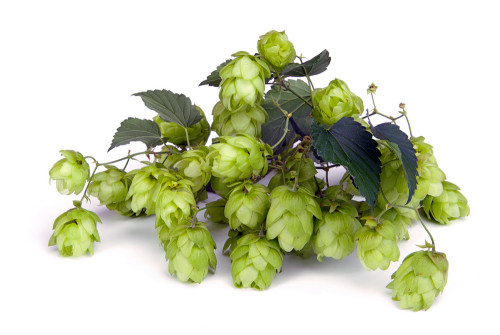
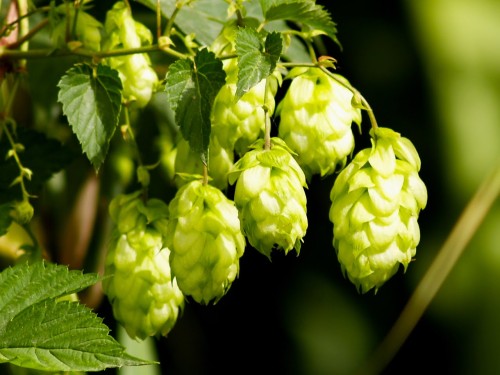
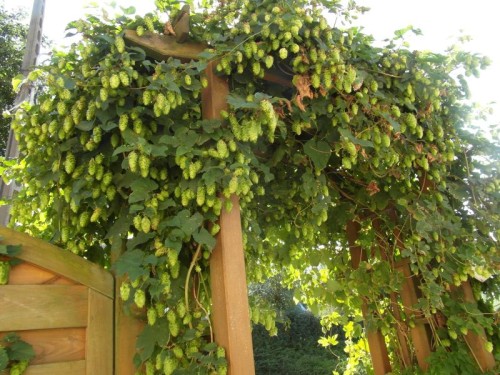
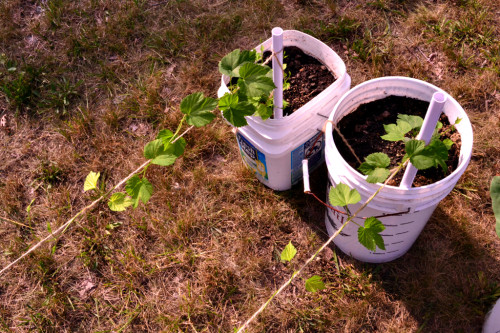
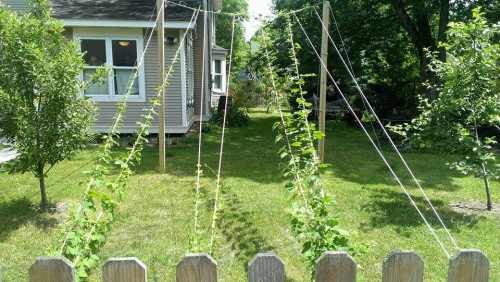
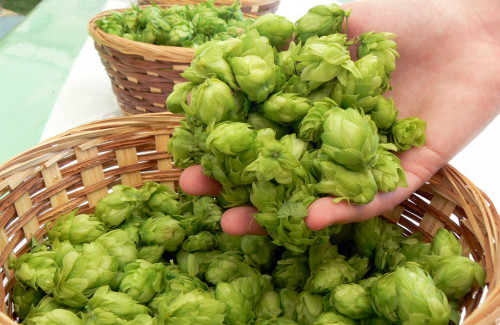












 Start a discussion ...
Start a discussion ...